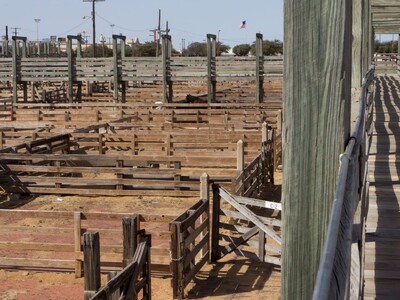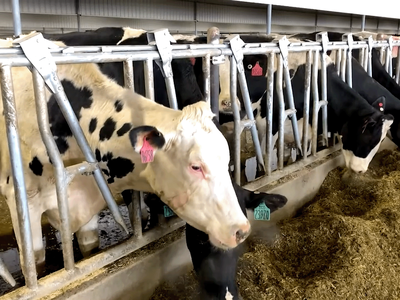Drone Spraying for Broadacre Crops

Tim Hammerich
News Reporter
Drones are used for spraying on small acreages, but can they meet the demands of large scale broadacre row crop agriculture? Precision AI CEO Daniel McCann says there will always be certain tasks better suited for ground spraying, but for many applications, drones are the future.
McCann… “It actually widens your spray window in ways. Because right now, if you've just had a rain and it's too wet, you can't spray. Well using a drone, you can. Or if you've got like really challenging topography of a certain area and you can't really get your sprayer on that very easily, like using a drone, you can fly over obstacles, where you normally have to drive your sprayer around them. You can move from field to field really quickly.”
Precision AI plans to deploy swarms of drone sprayers with 2 hour battery times that can fly over 43 miles per hour. The 21 ft booms allow five drones to cover a swath of over 100ft.
McCann… “So you can actually cover more acres. You don't have to worry about typography. You can do all that other sort of stuff at the expense of this challenge of now you've got to refill your tags more often. And so what, how do you solve that problem? Well, what we do is we were creating a transport where a drone once it starts running low on chemical could land and auto refill itself and pick up and essentially take up where I'd left off. So that that's a critical part of the deployment of the solution to solving these logistical problems. So I guess what I'm saying is don't look at where things are today. Look at all the supporting systems that companies like ours are going to be building in to actually make this feasible. Because once this becomes feasible, it's a game changer.”
Precision AI has been testing the drones on farms and hopes to commercialize after the 2022 season.













